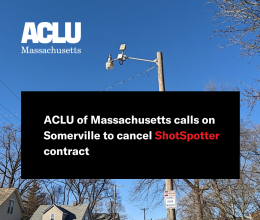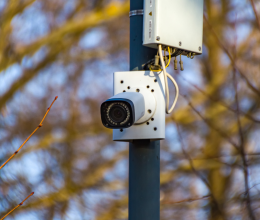
Cell Site Simulators – often referred to as Stingrays, the brand name of one popular model – gather sensitive information about cell phone users by essentially tricking their phones into thinking they are communicating with cell phone company towers, when in fact they are communicating with law enforcement. This powerful surveillance device not only gathers data about the intended target, but can also sweep up information from countless bystanders who end up monitored just because they were in the wrong place at the wrong time.
The Boston Police Department has acknowledged that it owns a Stingray, and it has claimed that it seeks warrants before using the device. But based on BPD’s public comments, it appears the Department may not require police officers to actually say in these applications that a Stingray will be used if the warrant is granted.
This is a crucial issue, because judges need to know what kind of surveillance they are being asked to authorize. Attorneys need to know what type of evidence is being gathered about their clients. And last but not least, the public needs to know when and how this invasive technology is used.
That’s why, on January 11, 2016, the ACLU of Massachusetts submitted a public records request asking the BPD to disclose recent warrant applications for Stingray use, regardless of whether the warrant application actually used the term “Stingray.” It is our understanding that, in response to our public records request, the BPD is now gathering information on the number times it has used a Stingray in an investigation, the types of investigations involved, and the number of warrant applications BPD sought to use a Stingray.
Speaking to WGBH radio on February 24, 2016, Boston Police Commissioner William Evans said that the BPD is “working with” the ACLU to get data on Stingrays deployment. Based on those statements, we hope that the BPD will quickly comply with the public records law and provide the documents it is now gathering in response to our request, as well as the warrant applications themselves. That disclosure would provide much-needed transparency to both judges and the public.





